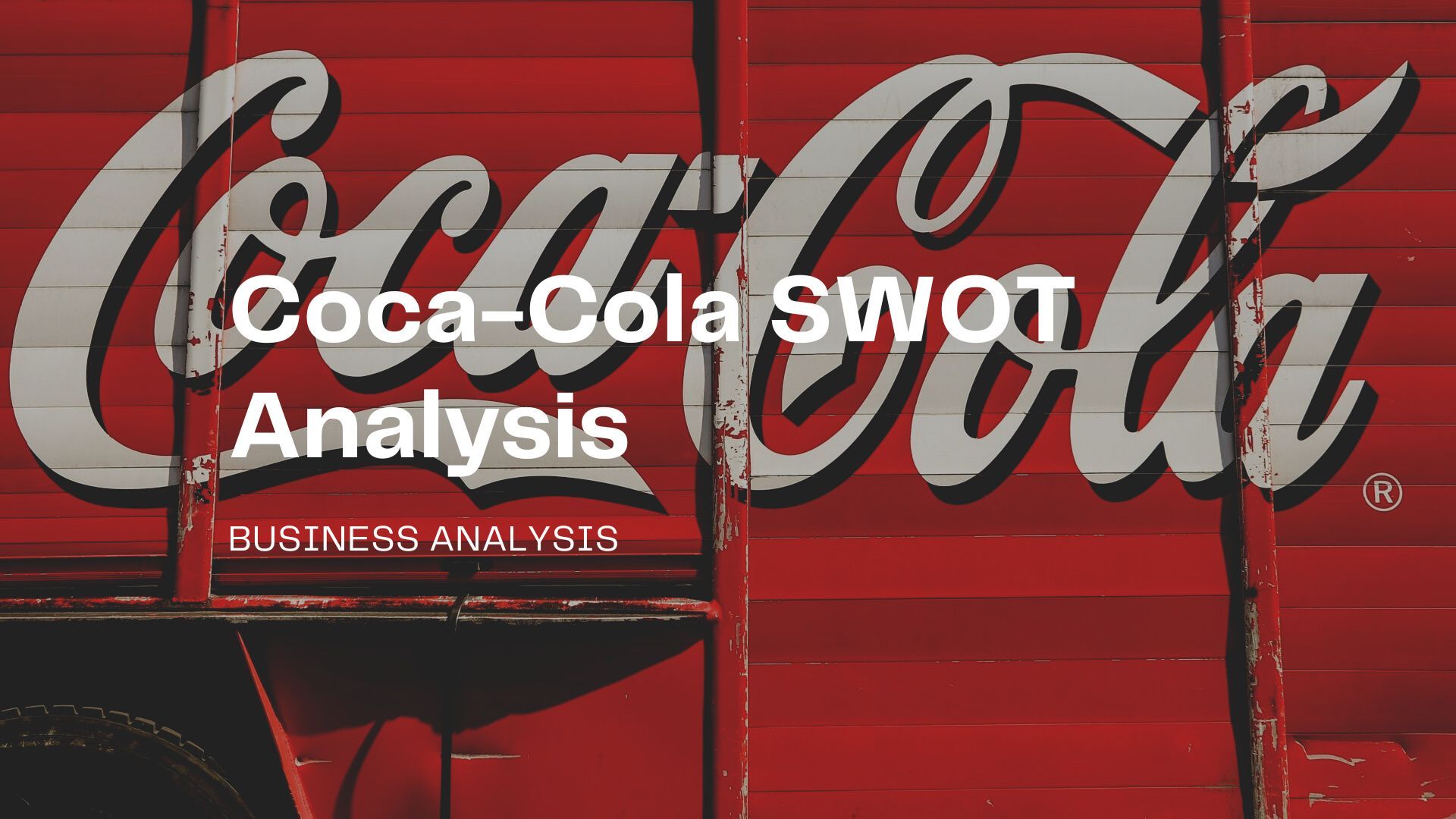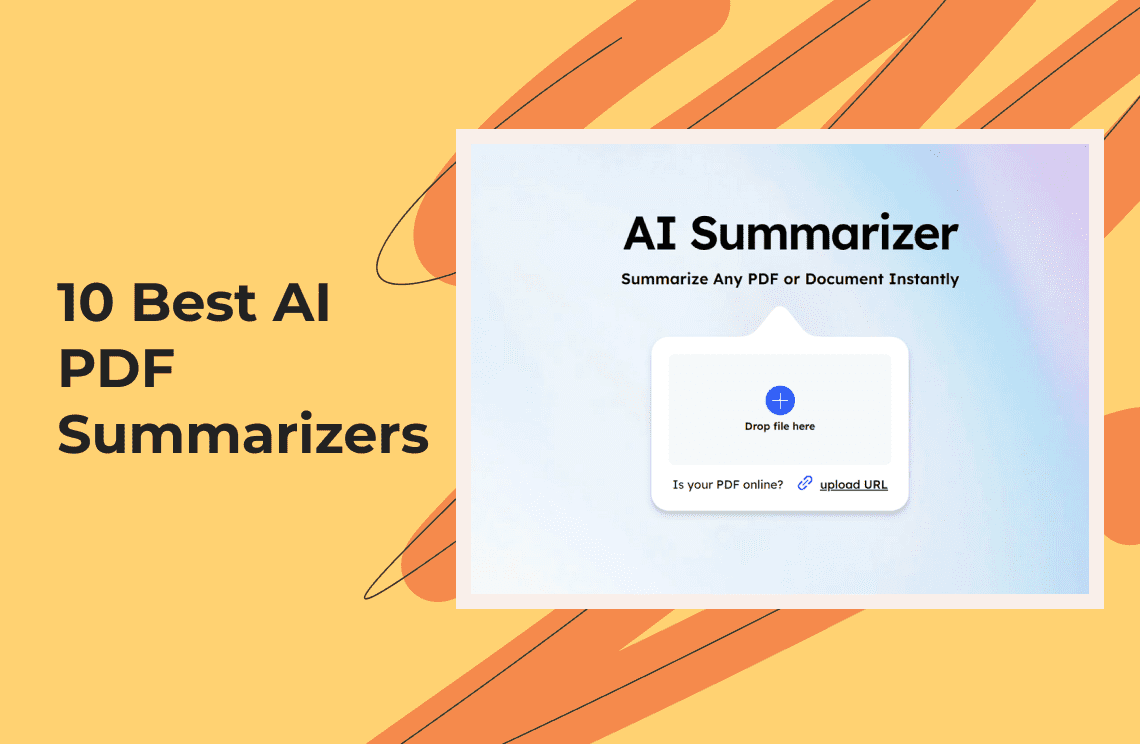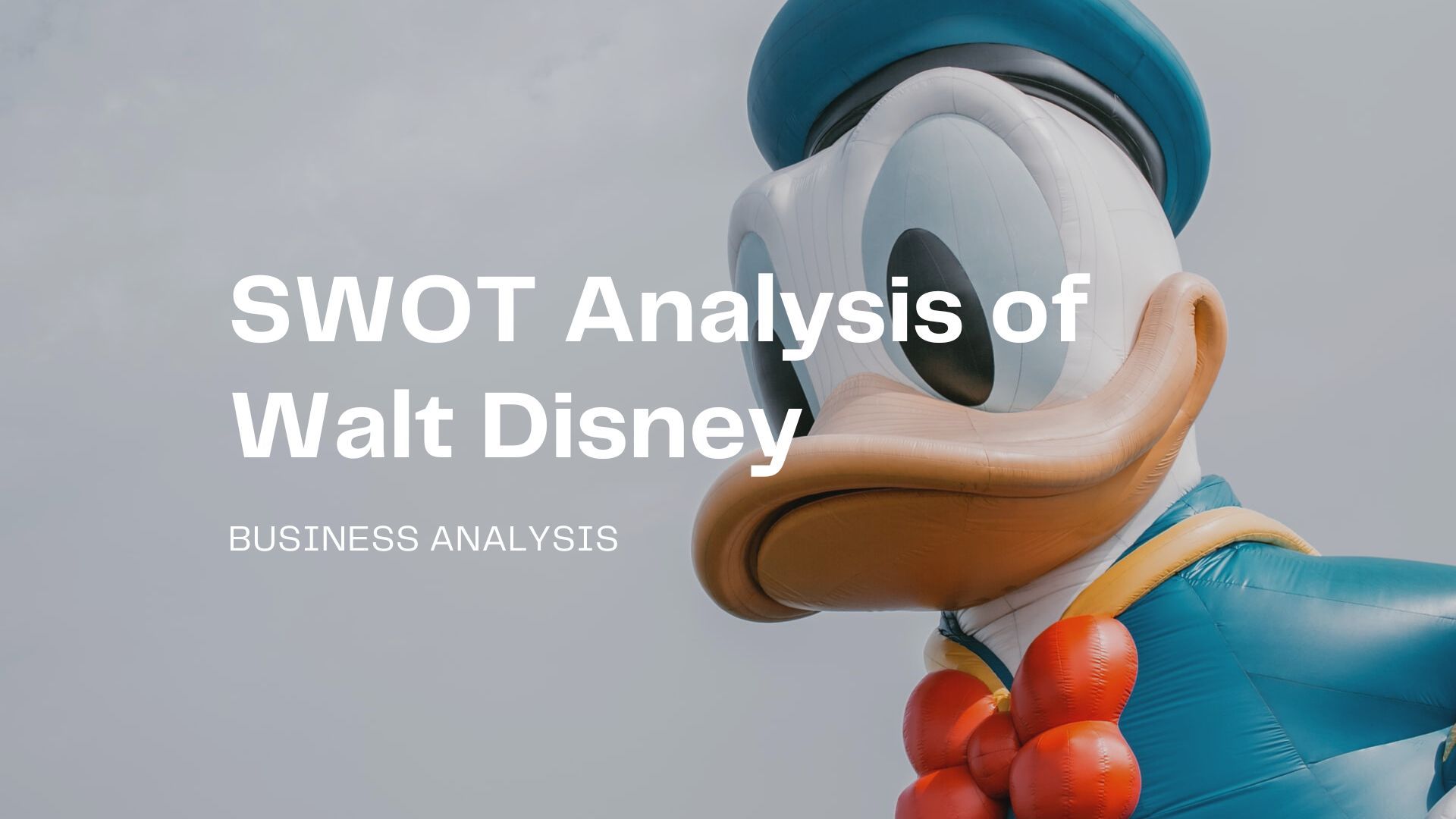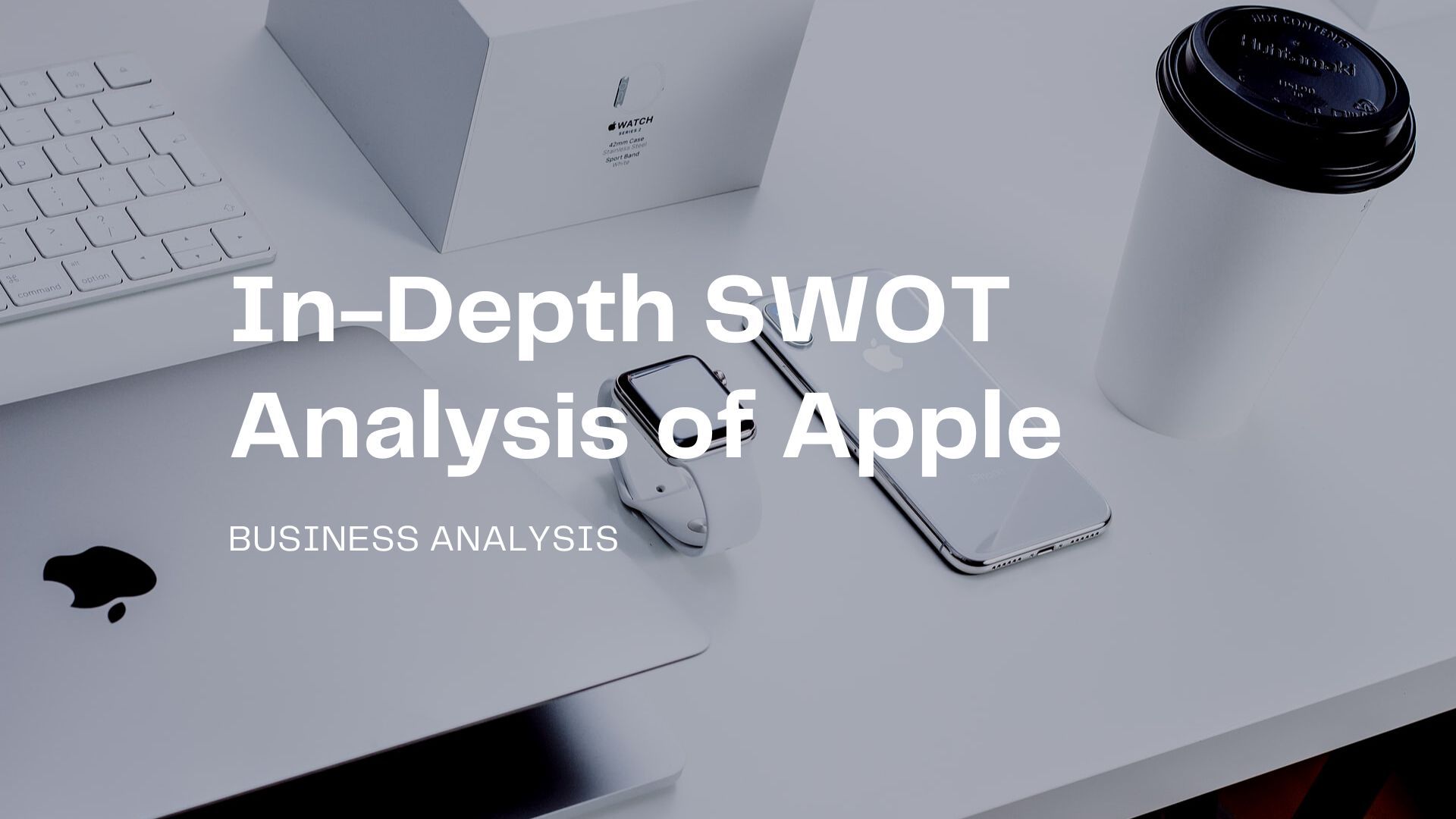The Coca-Cola Company is a prominent global brand in the international non-alcoholic beverage market. Coca-Cola as the brand is widely called was founded way back in the late 19th century on the 8th of May, 1886, with its corporate headquarters located in Atlanta, Georgia, USA. However, Coca-Cola is known to have a worldwide presence in over 200 nations across the globe.
This company markets over 500 brands of non-alcoholic beverages, including sodas, juices, sports drinks, energy drinks, coffees, ready-to-drink teas, and drinking water. It is widely acknowledged that Coca-Cola beverage drinks account for about 1.9 billion out of the estimated 60 billion non-alcoholic beverages consumed globally daily.
In this Coca-Cola SWOT analysis, you will get to see the strengths of this top brand. We will also give you more than a hint into why Coca-Cola is one of the leading brands to manufacture and sell non-alcoholic beverages. This SWOT also reveals the brand's weaknesses, possible opportunities, and those external threats that could disrupt Coca-Cola's global business operations.
Coca-Cola's Strengths
The strengths of any brand are vital to its success. The two most important strengths in this Coca-Cola SWOT report are;
- A globally recognized brand: Whether you live in the most remote parts of the world or you reside in a bustling metropolitan city, Coca-Cola is one non-alcoholic beverage brand that most people know about. Apart from the brand name, Coca-Cola also has a logo that is easy to recognize. The brand name, logo, and colors transcend all languages and cultural barriers, as everyone pronounces Coca-Cola in the same way or they simply call the company and its products - 'Coke'.
- A sizable share of the global non-alcoholic beverage market: Even though there are many other rival companies, Coca-Cola can still command a sizable percentage of the global non-alcoholic beverage market. Coca-Cola's share is more than 1.9 billion of the estimated 60 million daily consumers of non-alcoholic beverage drinks worldwide.
- A second-to-none distribution network: The distribution network of Coca-Cola consists of distributors that are owned and controlled by the company, independently owned bottling companies, large-scale wholesalers, and a great number of retailers. No other beverage manufacturing company has a distribution network as robust as that of Coca-Cola.
With this supply chain, Coca-Cola is better able to manage production costs. In addition, the distribution network ensures that Coca-Cola can easily and quickly saturate targeted regions with existing, relaunched, or newly launched products. The supply chain supports quality assurance, as each batch is systematically tagged, and their progress from the production stage to wholesalers/retailers is properly monitored and recorded.
- A competitive pricing model: You will be hard-pressed to find a non-alcoholic beverage brand that offers a better price for quality than Coca-Cola. This is one of its strengths. They provide pricing that is sensitive to the economic situation in each of the 200 or so countries that the brand operates. Local consumers can afford a beverage bottle at the prevailing price in local currency.
Coca-Cola's Weaknesses
The weaknesses in this Coca-Cola SWOT analysis are as follows;
- Water shortages in many countries around the world: Pure drinking water is a key ingredient for the production of Coca-Cola beverages. However, not every country where their brand operates readily has access to a sustainable water supply.
This has cost Coca-Cola a tremendous amount of money invested in exploring scarce water resources in these countries. Coca-Cola has also been known to resort to seeking alternative solutions while still searching for viable water sources. The provision of these alternative water supplies costs so much money as well.
- Fluctuations in foreign currency: Coca-Cola operating in numerous countries that do not trade in euro currencies like USD or EUROS is a big concern for the brand. The problem lies with making their products affordable to the local population in their local currency while still trying to balance their books in USD.
This is a challenge made worse, especially in developing countries worldwide with poor economies characterized by fluctuations in their exchange rate to the dollar.
Coca-Cola cannot constantly price its products to reflect the unstable changes in the exchange rate as this will lead to a drop in consumption and purchase, which invariably adversely affects the company's global sales revenue figures.
Coca-Cola's Opportunities
With a financially stable, reputable internationally renowned, and profitable brand, you may wonder whether there are any more opportunities open to Coca-Cola. The truth is, there are always opportunities available to a brand, no matter how strong the company may be. Here are a couple of opportunities identified to improve the already massive earning power of Coca-Cola.
- Active diversification efforts: Coca-Cola can further boost its sales revenue by actively diversifying its product offering and entering new market segments. They can diversify by providing a completely innovative product and creating a new market entirely or engaging in mergers and acquisitions to position themselves in existing features.
Coca-Cola has already done the latter with its acquisition of Keurig Green Mountain and owning a majority stake in Monster Beverages. Keurig is popular for hot beverage drinks made with the use of pods while Mountain Beverage is an energy drinks company. By owning and acquiring a share of Keurig and Monster Beverage, respectively, Coca-Cola has diversified into the pod-based hot beverages and energy drinks markets.
- Delivery of target-oriented products: Coca-Cola continues to study the specific needs of consumers or prospective consumers of its products, particularly in developing countries. Market groups prefer health drinks, and Coca-Cola can target this segment with its zero sugar and juice products.
Similarly, the problem faced by many developing countries around the world is the non-availability of fresh, clean drinking water. Coca-Cola can target (and is targeting) those segments with cost-effective bottled water. A new product line can also be introduced to meet specific needs in certain countries, provided the potential consumer market is substantial, sustainable, viable, and highly profitable.
Coca-Cola's Threats
A Coca-Cola SWOT analysis is never complete without revealing the threats to the brand. As big and as successful as Coca-Cola is, you might be forgiven to assume that they do not have any threats. However, this type of thinking cannot be any farther from reality on the ground. Here are two possible external threats that Coca-Cola cannot take for granted.
- A shift in consumer preferences: Times are changing, and more consumers are obsessed with consuming healthy drinks and foods. This is a threat to traditional Coca-Cola products, which a segment of consumers see as unhealthy because of their high sugar or artificial sweetener content.
What's more, this group of consumers is not only influencing other consumers to change their consumption habits and behavior but also trade organizations and policymakers. Coca-Cola introduced 'Coke Zero Sugar' some time back in response to consumers wanting healthier soft drinks. But this has led to a drop in the demand for regular Coke.
- Direct and indirect rivalry for market share: Traditional rivals like Pepsi offer Coca-Cola direct competitors a global consumer market share. However, companies in other industries can jostle market share with Coca-Cola. The likes of Dunkin' Brands Group or DNKN and Starbucks or SBUX are known to be indirect rivals of Coca-Cola.
These companies provide their customers with healthy drink alternatives along with loyalty bonuses to keep customers coming back for more. These companies reduce Coca-Cola's market share as the brand cannot compete with the level of personalized customer relationship that SBUX and DNKN can offer their customers.
Key Takeaways
Coca-Cola may be challenged by the threat of franchise chains offering their customers specialized services and healthy drinks. This brand may also be weakened by fluctuations in exchange rates. However, there are many opportunities for the brand to diversify and boost its sales revenue.
Coca-Cola has many strengths, but its longevity and strong international repute are the most relevant. This brand is in a position of strength and with strategic marketing initiatives, it will continue to be a leader in its industry still.
Do you want this Coca-Cola SWOT analysis report in PDF format?
Do you want an excellent PDF reader on your desktop computer?
If your answer to these two questions is 'Yes', then you should know that with PDG Agile you have a reader that you can trust.
PDF Agile is a PDF reader software developed for download on Windows OS desktop computers.
This app will help you minimize the space in your internal hard drive as the size of the software is small. Also, PDF Agile can be used to compress the size of your PDF documents to a more manageable, storage-friendly size.
If you want a PDF reader that allows you to edit or redact your PDF documents, then PDF Agile is for you. With this app, you can highlight text, images, and other PDF content.
You can also bookmark PDF files, change the background color and also print straight to an assigned printer. This software is available for FREE here today.
References
SWOT Analysis of Coca-Cola (6 Key Strengths in 2021) October 22, 2021, by Ovidijus Jurevicius
https://strategicmanagementinsight.com/swot-analyses/Coca-Cola-swot-analysis/
SWOT Coca-Cola
https://www.marketing91.com/swot-Coca-Cola/
SWOT Analysis of Coca-Cola 2019
https://bstrategyhub.com/swot-analysis-of-Coca-Cola-2019-Coca-Cola-swot-analysis/





